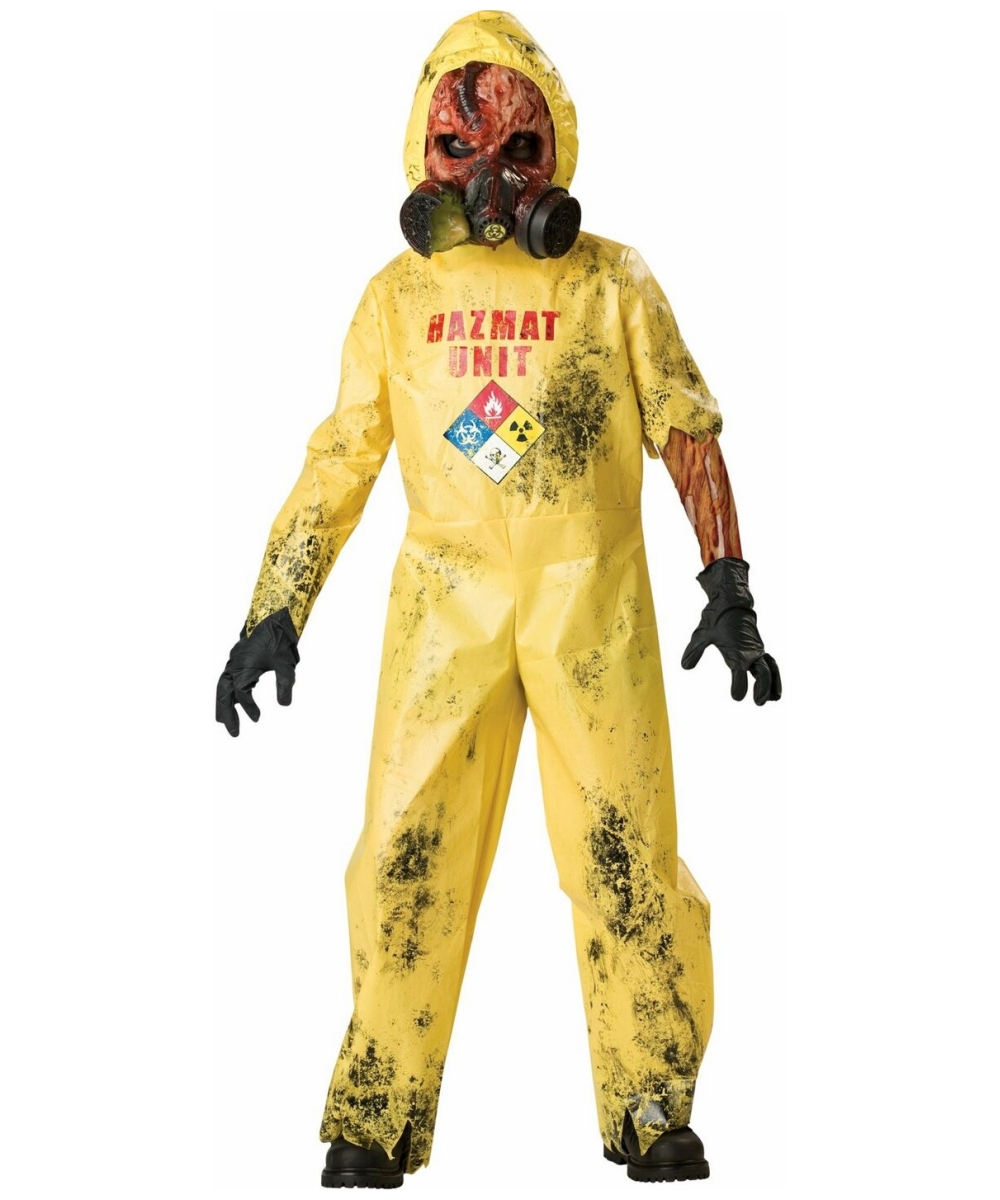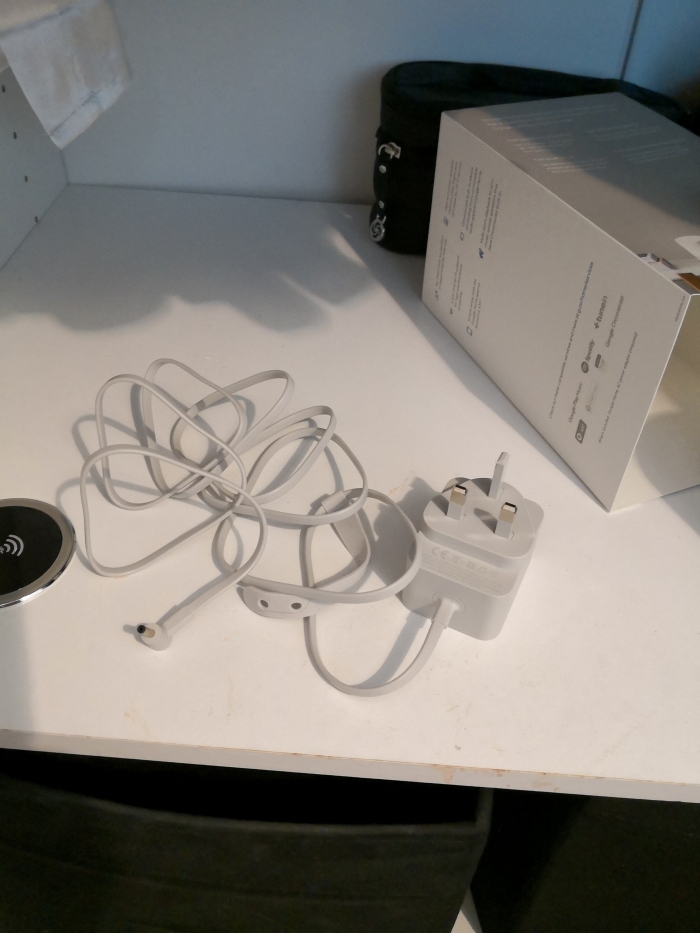Table of Content
Below, we’ve brought together a cross section of the best hazmat suits on the market. North Gen AIR Coveralls offer superior resistance to noxious dust and splash in accordance with CE type 5 and 6 for Chemical Splash and Bloodborne Pathogen applications. Low lint and therefore ideal for use in a wide range of applications where the wearer needs protection and the environment must not be contaminated with fibers. Vented for coolness for greater wearer comfort, elastic waist and knitted cuffs, resealable Flap and 2 way zip.

Before you choose a hazmat suit to fit your particular needs you’ll need to determine exactly what those needs are. What type of biological agents are you trying to defend against? If the threat is chemical or radiological you need to determine which chemical or radiological agents are in play. This Haz-Suit has been engineered to be one of the most long-lasting, durable, and most flexible hazmat suit on the market today.
3M Disposable Protective Coverall
KleenGuard Personal Protective Equipment enables rather than inhibits allowing for maximum productivity and safety for you and your employees. Kleenguard A20 Breathable Particle Protection Coveralls are designed to move with you and your employees while protecting against hazardous and non-hazardous dust. These protective garments offer superior particle holdout coupled with unmatched comfort attributes. The A20 fabric is comprised of five layers of stacked barrier protection against hazardous particles. Features to provide more protection include the seamless front , 1 in. They feature Reflex design, which offers excellent fit and freedom of movement.

They are light and breathable, terrific for painting, cleaning, auto-care and a wide range of other uses. Safety Zone Disposable Coveralls are trusted across multiple industries nationwide. To the untrained eye a level B hazmat suit may seem pretty much like a level A suit. The level A suit has a fully encapsulated breathing apparatus. That means that the level B breathing apparatus can be worn on the outside of the suit.
Raytex Yellow Disposable Chemical Protection Coveralls
As such it’s appropriate for hazardous waste cleanup, working with dangerous infectious diseases and working around many types of chemical hazard. The shell is fashioned from non-woven triple layer SMS fabric that is resistant to penetration by hazardous agents. KLEENGUARD A40 Liquid and Particle Protection Coveralls are shell style with a zipper front and open wrists and ankles. Typical uses include fiberglass manufacturing, tank cleaning, liquid handling, pressure washing, maintenance and general manufacturing. These coveralls pass NFPA 99 criteria for antistatic materials. Hazmat suits can also be used by ordinary homeowners who want to put fiberglass insulation in their attic or who need to use pesticides to clear their property of a tic infestation.

To top things off the Interceptor also provides certified flash fire protection. The visor is fashioned from ShurSeal Teflon that melds it physically to the suit. That Teflon coated visor also ensures that, should it come into contact with chemicals, they won’t damage the integrity of the visor surface in a way that could impair vision.
What is a Hazmat Suit?
For the record, the marketing claims it will provide a full hour of protection in the event of biological attack. The TY122S from DuPont is rated to level B but will find plenty of fans looking for something for more mundane chores. You could, if required, slip a respirator on and have a suit that will protect against many biological and chemical hazards. You could also partner it with a good N99 face mask and enjoy reasonable protection from the coronavirus, should that ever become a necessity. With an extensive chemicals-tested list, the MIRA Safety HAZ-SUIT delivers the ultimate in hazmat protection. Safety Zone Disposable Coveralls are great general use coveralls.
In most cases hazmat suits are used in conjunction with a self-contained breathing apparatus to ensure the wearer does not inhale any contaminants that might be in the air around them. There are numerous thermal radiation suits on the market that will provide effective, low-cost protection against this threat. The Baoheng Radiation Suit on our list is a perfect example. Keep in mind though that thermal radiation suits are not technically considered to be hazmat suits. That’s because they don’t protect you from biological or chemical threats.
But the fact is, disposing of a contaminated hazmat suit, regardless of cost, is a necessary evil. These Chemical Protective Coveralls from ABC are a good foundation for those who work with level B chemical and biological threats. They can also be paired with simple goggles and a face mask and used to install fiberglass insulation or protect against contamination in the electronics or food industries. The best way to fend off hydration issues while wearing a hazmat suit is to make sure you drink plenty of water. Finally, if you are sealed inside a level A hazmat suit you may also find radio communication to be less than perfect.
They’re considered level D because, although they provide head-to-toe heat protection and look formidable, they provide virtually no protection against airborne chemical and biological agents. The level D suit is usually worn with steel toe boots, some type of protective goggles or face shield and thick, heat-resistant gloves. A level A hazmat suit represents the pinnacle of protection. In essence they create a self-contained micro-environment in which the wearer operates. Nothing is able to penetrate the SMS fabric , save some types of gamma radiation . The level A hazmat suit provides a full-coverage face shield, a self-contained breathing apparatus, a two-way radio to permit communication, heavy duty footwear and chemical resistant gloves.
Whereas the level A breathing apparatus is completely contained inside the suit. KLEENGUARD A30 Breathable Splash & Particle Protection Apparel. That may seem like a lot of things to consider, and it is. But it’s vital that you determine exactly what the risk is before you can decide which hazmat suit is right for you. Although you don’t want to go wading knee deep into contaminated water wearing this. As the name states this is intended to be used and disposed of in order to minimize the odds of carrying contaminants forward into the next day or other areas.
Some of the most common complaints people have about hazmat suits are that they tend to drastically curtail freedom of movement. However, you can minimize the inconvenience as much as possible by making sure you purchase the right hazmat suit for the job. It’s also important that you select a suit designed to fit your particular body type. The better the suit fits the less it will restrict motion. 3M throws their considerable experience with materials and chemicals behind this Disposable Protective Coverall. This is a level C hazmat suit that can be used either with a canister style respirator or an N95+ face mask to provide solid protection against biological hazards and other airborne pollutants.
In addition, it’s latex-free, anti-static and both shoulders and sleeves feature seamless construction. It also features a low-profile hood that helps prevent snags that could compromise wearer safety. All seams have been taped to prevent intrusion by dangerous particles and there are elasticized closures at the wrist and ankle. In addition, there is extra room in the back to accommodate the breathing apparatus. This is a disposable suit that helps minimize the risk of dangerous particles and microbes being unintentionally spread. A Static Favorites List is created by adding items to your list from Search and/or Browse results, product detail pages, and previous orders and invoices.

If a person is using a level A suit it’s because they cannot afford to take any chances. However, for something like installing insulation a level A suit would be the very definition of overkill. ‘Hazmat’ is an amalgamation of the words ‘hazardous’ and ‘materials’. It is a suit of protective clothing that provides an impenetrable defense against various contaminants.
They’re worn by everyone from those installing fiberglass insulation to pest control technicians and even those fighting ebola in West Africa . These suits provide full body protection from airborne contaminants, including most biological agents, chemical agents and certain types of radioactive contaminants. The major visible difference with this type of hazmat suit is that it doesn’t call for a self-contained breathing apparatus. Instead, people wear a respirator with canister-type air filters.
You’ll also get protection from light to moderate liquid hazards. Though some of the marketing claims this to be a level B hazmat suit it is actually a level A suit. A level A suit such as this creates a completely independent internal environment. Even the self-contained breathing apparatus required is covered up in its entirety by the suit. That said the Lakeland ChemMax Encapsulated Suit will provide first-rate protection against biological and chemical agents.



























